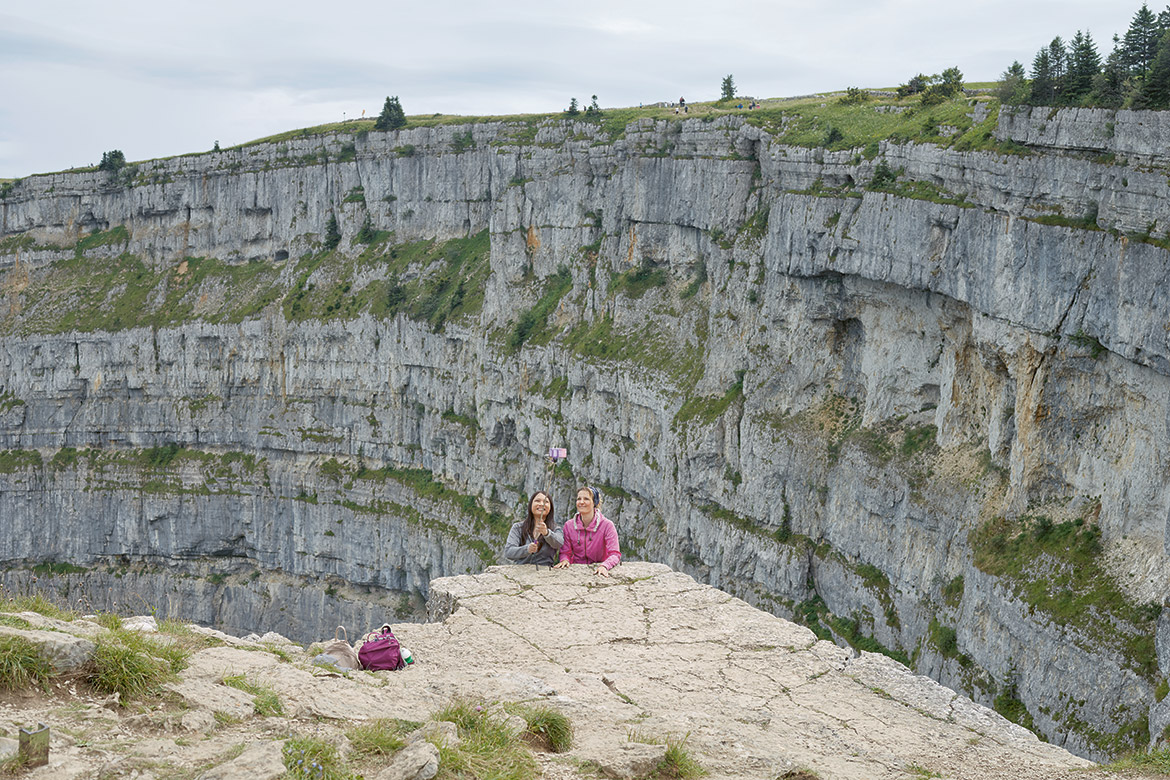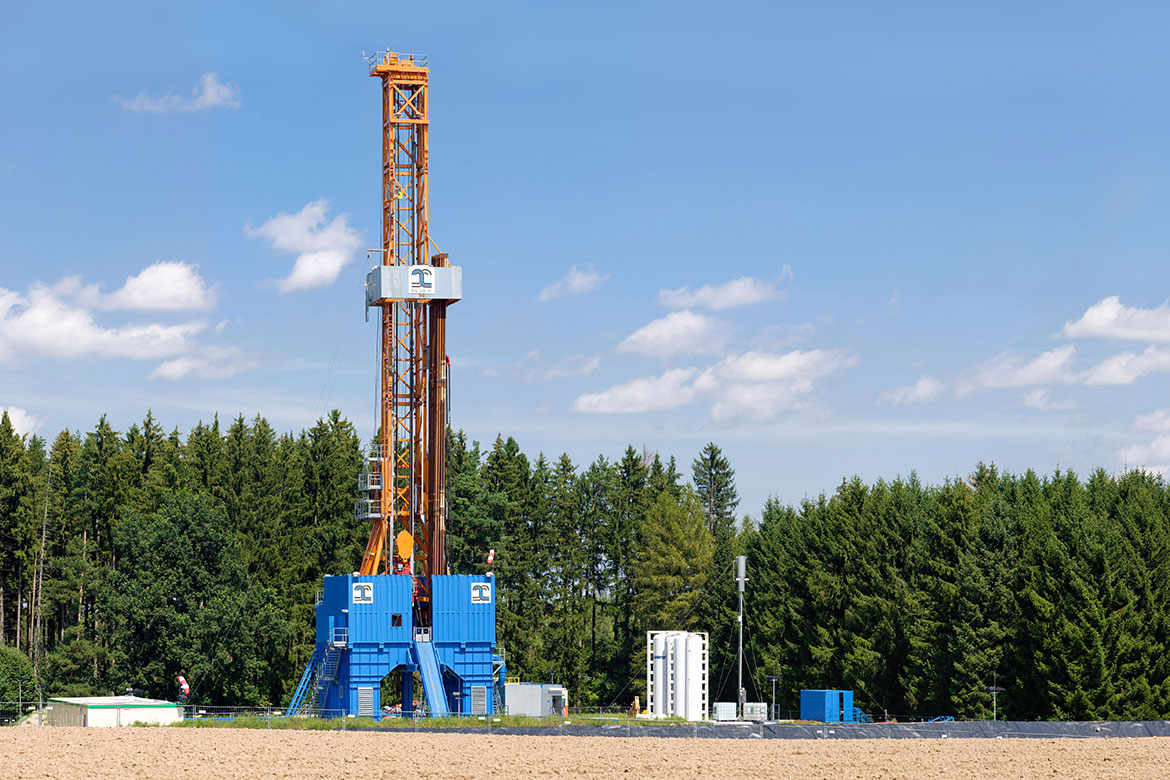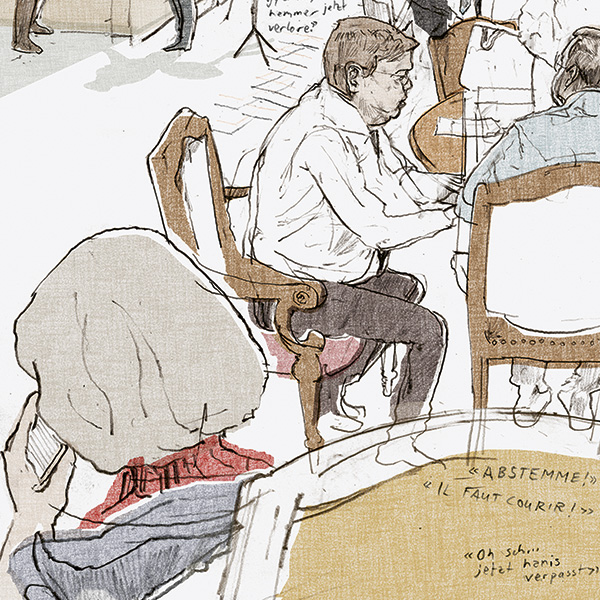Feature: Better cities
Editorial: The cradle of research
The first-ever universities emerged in the creative atmosphere of the early urban centres. Seen from this perspective, it seems a positive development that more and more people are living in cities today, writes joint editor-in-chief Florian Fisch.

Building work on the modern suburb of Oassis in Cissier, Vaud, began in 2016. | Image: Michel Bonvin
Whenever large numbers of people come together, their creativity is set free. So it is not surprising that cities were the cradle of the first major educational institutions and universities. For example, the oldest religious schools in Islam were founded in the 10th and 11th centuries in Fez in Morocco and in Cairo. And the very first universities as we know them in Europe were founded only a little later in the emerging urban centres of Italy such as Salerno, Palermo and Bologna. The first Swiss university was founded in the city of Basel in 1459.
Cities are also focal points for the business sector that generates the tax money needed for science and scholarship. Business itself is dependent both on trained professionals and on the innovative ideas that emerge from universities. The high population density of a city goes hand in hand with a firm division of labour. It also means that some people are able to devote their entire working lives to studying a specific topic.
Urban centres are therefore essential for research. Seen from this perspective, it would seem to be a positive development that more people across the world today live in cities than in the countryside (according to the UN, the turning point came in 2007). Thirty years from now, it is expected that 70 percent of the world’s population will be living, working and enjoying leisure activities in these creative bubbles that we call cities. This can be an opportunity for humankind.
But problems can also arise. Cities need to be supplied with food, drinking water, energy and raw materials. Solar cells and urban gardening on roofs will do little to change this. Without land, there can be no cities. What’s more, densely built-up areas generate their own problems. When the ground is sealed off and vegetation is sparse, cities can turn into heat islands in the warmer seasons of the year, while air conditioning systems emit additional greenhouse gases. It is a vicious circle. In addition, the fragile infrastructures of coastal cities have to be protected from rising sea levels. Today, we need the creativity of researchers more than ever before.
In our Focus articles you will see how researchers view the cities of the past and envision the cities of the future. And you can decide for yourself whether or not the urban-rural divide is really as big as it seems.




